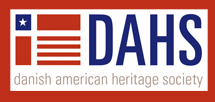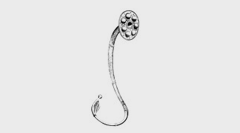Keywords
agricultural settlements, Danish-born population, emigration
Abstract
It is common knowledge that Danes established numerous small agricultural settlements across the United States during the period of mass emigration from Denmark that began in the 1860s and lasted through the 1920s. Yet scholars studying Danes in America have frequently devoted more attention to the institutions established in small towns in America than to the communities themselves. For example, if it had not been for Sophus K. Winther's trilogy that begins with the novel Take All to Nebraska (1936), the community established by Danes in and around Weeping Water in Cass County, Nebraska, would probably have passed unnoticed by Danish-American historians. Winther centered his trilogy in Weeping Water, where he grew up, but he called it Weeping Willow in the novels. In 1890 when American census records indicate that the Danish-born population of Nebraska was at its peak of 14,345, only ten counties in Nebraska had a Danish-born population of over 2 percent. The highest concentration was 12.23 percent in Howard County and the lowest were 0 percent in Arthur and Chase Counties. In Cass County, where Weeping Water is located, the Danish-born were 0.53 percent of the total. Twenty-two other counties in Nebraska had Danish-born populations of between 0.5 and just under 1 percent of the total in 1890 and there were another seventeen counties in Nebraska where the Danish-born made up from 1 to just under 2 percent of the total. The forty counties in Nebraska where the Danish-born population represented between 0.5 and just under 2 percent of the total population in 1890 totaled 44 percent of the state's ninety-one counties. In the words of the railroad agent who greeted Winther' s fictional Grimsen family upon their arrival in Weeping Willow: "There are Danes here all right, that is a few."
Recommended Citation
Matteson, Edith and Matteson, Jean
(1992)
"Weeping Water, A Typical Small Town Danish-American Community, 1880-1930,"
The Bridge: Vol. 15:
No.
1, Article 7.
Available at:
https://scholarsarchive.byu.edu/thebridge/vol15/iss1/7
Included in
European History Commons, European Languages and Societies Commons, Regional Sociology Commons


